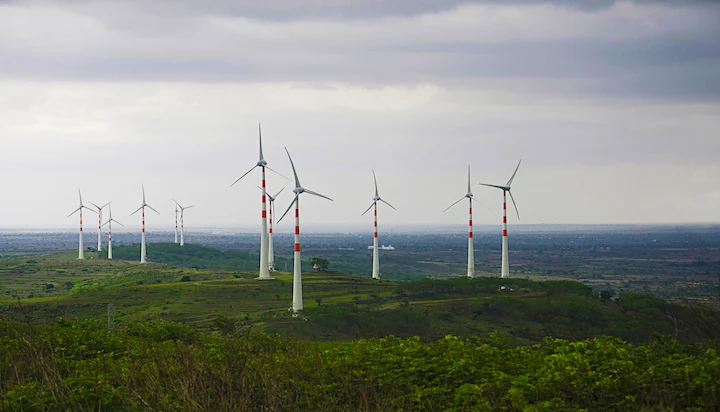India’s solar energy output could match coal-fired power within 20 years, but the country’s clean energy sector may need US$1.4 trillion in additional funding to ensure a “sustainable growth path”.
That’s according to a report from the International Energy Agency (IEA), which claims that falling renewable energy costs and India’s ambitious targets could see the country host 450GW of renewable capacity by the end of the decade. The India Energy Outlook 2021, published on Tuesday (9 February), argues that India will experience “the largest increase in energy demand of any country worldwide” within the next 20 years, which will drive innovation in the country’s energy mix.
Solar PV currently accounts for between 4% and 5% of India’s total power output, while more than two thirds (68.1%) of the country’s power supply last year came from coal. The IEA has claimed that solar’s share of the market could rise to 15.9% by the end of this decade, and make up just under a third (31.4%) of the nation’s power generation mix by 2040. At the same time, coal’s share of the market is expected to plunge to just over 34% in 20 years, although the report claims that this switch is “even more rapid in other scenarios”.
The IEA’s report, which is based on existing and announced policies, predicts the rate of solar capacity installations in India will continue to rise over the next two decades, with 321GW of solar PV expected to be deployed between 2035 and 2040.
It also claims that India could become a prominent player in battery energy storage, deploying up to 200GW of capacity by 2040.
The report comes just as India’s renewables market has started to surge. More than 500MW of solar PV plants were installed in India in December 2020 alone, according to JMK Research & Analytics, while Prime Minister Narendra Modi recently claimed that the country’s renewables capacity is expected to reach 220GW by 2022, exceeding its original 175GW target.
However, it warns that US$1.4 trillion of additional funding is required for clean energy technologies needed to put India on a sustainable path over the next 20 years, “or 70%, higher than in a scenario based on its current policy settings”.
“More than that of any other major economy,” the report said, “India’s energy future depends on buildings and factories yet to be built, and vehicles and appliances yet to be bought”
India’s solar PV market, according to the report’s states policies analysis, could be worth close to US$10 billion by 2040, while its battery storage market’s value could exceed US$20 billion in the same time.
Dr Fatih Birol, the IEA’s executive director, said that government policies to accelerate India’s clean energy transition “can lay the foundation for lasting prosperity and greater energy security.
“India has made remarkable progress in recent years, bringing electricity connections to hundreds of millions of people and impressively scaling up the use of renewable energy, particularly solar,” said Dr Birol, adding that there is a “tremendous opportunity for India to successfully meet the aspirations of its citizens without following the high-carbon pathway that other economies have pursued in the past.”
“The energy policy successes of the Indian government to date make me very optimistic about its ability to meet the challenges ahead in terms of energy security and sustainability.”









